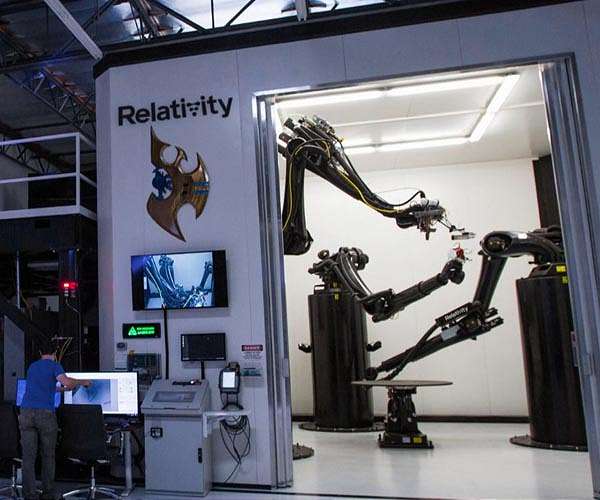El cohete Terran 1 de Relativity Space quedó parado en la plataforma de lanzamiento después de una serie de inconvenientes. Alrededor del 85% de la masa del cohete de dos etapas de 110 pies de altura se fabricó con una impresora 3D y podría desempeñar un papel clave en la reducción del costo de los viajes espaciales en el futuro. Relativity dijo que hasta el 95% de los futuros cohetes podrían fabricarse con una impresora 3D.
The launch of a rocket made almost entirely from 3D-printed parts was aborted within a half-second of liftoff Saturday, just days after a previous attempt was scrubbed.
Relativity Space’s rocket Terran 1 was left standing on the launch pad after a series of aborts, the company said in a statement on Twitter around 4:34 p.m. EST.
The company said the first abort pertained to a “corner case in the stage separation automation” that “properly aborted” within a second of liftoff.
Relativity Space said that the team pushed an update to the vehicle automation and successfully recycled the vehicle for an instantaneous launch window at 4 p.m. EST, the last minute the rocket could have possibly launched after a three-hour launch window.
An automated abort was triggered around T-45 seconds during that instantaneous launch window because fuel pressure for the rocket’s second stage was one pound-per-square-inch low.
“The team went HARD today and we intend to do so during our next attempt,” the company said. “More to come on the new launch date and window soon.”
The aborts came after the rocket was expected to lift off from the Cape Canaveral Space Force Station on Wednesday before the operation was scrubbed due to a series of automatic aborts within two minutes of launching.
Some 85% of the mass of the 110-foot tall, two-stage rocket was made by a 3D printer and could play a key role in driving down the cost of space travel in the future. Relativity said up to 95% of future rockets could be made with a 3D printer.
Fuente: https://www.spacedaily.com


